Incidence and Early Mortality of Prosthetic Valve Endocarditis in Patients Undergoing TAVI Compared to SAVR: A Systematic Review and Meta-Analysis
Abstract
1. Introduction
2. Materials and Methods
2.1. Search Strategy and Selection Criteria
2.2. Outcomes Measures
2.3. Data Extraction and Analysis
2.4. Meta-Analysis of Outcomes
2.5. Risk of Bias and Quality Assessment
2.6. Ethics Statement
3. Results
4. Discussion
5. Conclusions
Author Contributions
Funding
Institutional Review Board Statement
Informed Consent Statement
Data Availability Statement
Acknowledgments
Conflicts of Interest
Abbreviations
| CI | Confidence interval |
| HR | Hazard ratio |
| OR | Odds Ratio |
| RR | Risk Ratio |
| SAVR | Surgical aortic valve replacement |
| TAVI | Transcatheter aortic valve implantation |
| PVE | Prosthetic valve endocarditis |
References
- Ryffel, C.; Windecker, S.; Pilgrim, T. Expansion of Transcatheter Aortic Valve Implantation and Mortality due to Aortic Stenosis between 2010 and 2019. Circ. Cardiovasc. Interv. 2023, 16, e013104. [Google Scholar] [CrossRef] [PubMed]
- Cribier, A.; Eltchaninoff, H. Transcatheter Aortic Valve Implantation: Two Decades of a Revolutionary and Ongoing Odyssey; Lippincott Williams and Wilkins: Philadelphia, PA, USA, 2024. [Google Scholar] [CrossRef]
- Saha, S.; Ali, A.; Schnackenburg, P.; Horke, K.M.; Oberbach, A.; Schlichting, N.; Sadoni, S.; Rizas, K.; Braun, D.; Luehr, M.; et al. Surgery for Aortic Prosthetic Valve Endocarditis in the Transcatheter Era. J. Clin. Med. 2022, 11, 3418. [Google Scholar] [CrossRef] [PubMed]
- Wang, J.; Wang, X.; Hou, F.; Yuan, W.; Dong, R.; Wang, L.; Shen, H.; Zhou, Y. Infective Endocarditis After Transcatheter Versus Surgical Aortic Valve Replacement: A Meta-Analysis. Angiology 2020, 71, 955–965. [Google Scholar] [CrossRef]
- Slouha, E.; Rood, C.; Burle, V.S.; Al-Geizi, H.; Clunes, L.A.; Kollias, T.F. Infective Endocarditis Following Aortic Valve Replacement: A Systematic Review. Cureus 2023, 15, e49048. [Google Scholar] [CrossRef]
- Ando, T.; Rood, C.; Burle, V.S.; Al-Geizi, H.; Clunes, L.A.; Kollias, T.F. Meta-Analysis Comparing the Incidence of Infective Endocarditis Following Transcatheter Aortic Valve Implantation Versus Surgical Aortic Valve Replacement. Am. J. Cardiol. 2019, 123, 827–832. [Google Scholar] [CrossRef]
- Tinica, G.; Tarus, A.; Enache, M.; Artene, B.; Rotaru, I.; Bacusca, A.; Burlacu, A. Infective endocarditis after TAVI: A meta-analysis and systematic review of epidemiology, risk factors and clinical consequences. Rev. Cardiovasc. Med. 2020, 21, 263–274. [Google Scholar] [CrossRef]
- Ullah, W.; Khan, M.S.; Gowda, S.N.; Alraies, M.C.; Fischman, D.L. Prosthetic Valve Endocarditis in Patients Undergoing TAVR Compared to SAVR: A Systematic Review and Meta-Analysis. Cardiovasc. Revasc. Med. 2020, 21, 1567–1572. [Google Scholar] [CrossRef]
- Prasitlumkum, N.; Vutthikraivit, W.; Thangjui, S.; Leesutipornchai, T.; Kewcharoen, J.; Riangwiwat, T.; Dworkin, J. Epidemiology of infective endocarditis in transcatheter aortic valve replacement: Systemic review and meta-analysis. J. Cardiovasc. Med. 2020, 21, 790–801. [Google Scholar] [CrossRef]
- Alexis, S.L.; Malik, A.H.; George, I.; Hahn, R.T.; Khalique, O.K.; Seetharam, K.; Bhatt, D.L.; Tang, G.H.L. Infective endocarditis after surgical and transcatheter aortic valve replacement: A state of the art review. J. Am. Hear. Assoc. 2020, 18, e017347. [Google Scholar] [CrossRef]
- Servoz, C.; Wintzer-Wehekind, J.; Monségu, J. Infection and TAVI. D′angéiologie 2020, 69, 400–403. [Google Scholar] [CrossRef]
- Stroup, D.F.; Berlin, J.A.; Morton, S.C.; Olkin, I.; Williamson, G.D.; Rennie, D.; Moher, D.; Becker, B.J.; Sipe, T.A.; Thacker, S.B. Meta-analysis of observational studies in epidemiology: A proposal for reporting. J. Am. Med. Assoc. 2000, 283, 2008–2012. [Google Scholar] [CrossRef] [PubMed]
- Higgins, J.P.T.; Thompson, S.G. Quantifying heterogeneity in a meta-analysis. Stat. Med. 2002, 21, 1539–1558. [Google Scholar] [CrossRef] [PubMed]
- Butt, J.H.; Ihlemann, N.; De Backer, O.; Søndergaard, L.; Havers-Borgersen, E.; Gislason, G.H.; Torp-Pedersen, C.; Køber, L.; Fosbøl, E.L. Long-Term Risk of Infective Endocarditis After Transcatheter Aortic Valve Replacement. J. Am. Coll. Cardiol. 2019, 73, 1646–1655. [Google Scholar] [CrossRef] [PubMed]
- Cahill, T.J.; Raby, J.; Jewell, P.D.; Brennan, P.F.; Banning, A.P.; Byrne, J.; Kharbanda, R.K.; MacCarthy, P.A.; Thornhill, M.H.; Sandoe, J.A.T.; et al. Risk of infective endocarditis after surgical and transcatheter aortic valve replacement. Heart 2022, 108, 639–647. [Google Scholar] [CrossRef] [PubMed]
- Calderón-Parra, J.; de Villarreal-Soto, J.E.; Oteo-Domínguez, J.F.; Mateos-Seirul, M.; Ríos-Rosado, E.; Dorado, L.; Vera-Puente, B.; Arellano-Serrano, C.; Ramos-Martínez, A.; Forteza-Gil, A. Risk of Infective Endocarditis Associated with Transcatheter Aortic Valve Implantation versus Surgical Aortic Valve Replacement: A Propensity Score-Based Analysis. J. Clin. Med. 2023, 12, 586. [Google Scholar] [CrossRef] [PubMed] [PubMed Central]
- Fauchier, L.; Bisson, A.; Herbert, J.; Lacour, T.; Bourguignon, T.; Etienne, C.S.; Bernard, A.; Deharo, P.; Bernard, L.; Babuty, D. Incidence and outcomes of infective endocarditis after transcatheter aortic valve implantation versus surgical aortic valve replacement. Clin. Microbiol. Infect. 2020, 26, 1368–1374. [Google Scholar] [CrossRef] [PubMed]
- Fernández-Avilés, C.; Castillo, J.C.; Heredia, G.; Resúa, A.; González, R.; Pan, M.; Anguita, M. Infective endocarditis on transcatheter aortic prosthesis: Are there differences with endocarditis on surgically implanted aortic bioprosthesis? Cardiol. J. 2022, 29, 511–513. [Google Scholar] [CrossRef] [PubMed] [PubMed Central]
- Handa, K.; Maeda, K.; Pak, K.; Shimamura, K.; Yamashita, K.; Kawamura, A.; Miyagawa, S. Midterm Clinical Outcomes after Isolated Surgical and Transcatheter Aortic Valve Replacement in Low-Risk Patients with Aortic Stenosis. Ann. Thorac. Cardiovasc. Surg. 2024, 30, 24–00123. [Google Scholar] [CrossRef] [PubMed] [PubMed Central]
- Kolte, D.; Goldsweig, A.; Kennedy, K.F.; Abbott, J.D.; Gordon, P.C.; Sellke, F.W.; Ehsan, A.; Sodha, N.; Sharaf, B.L.; Aronow, H.D. Comparison of Incidence, Predictors, and Outcomes of Early Infective Endocarditis after Transcatheter Aortic Valve Implantation Versus Surgical Aortic Valve Replacement in the United States. Am. J. Cardiol. 2018, 122, 2112–2119. [Google Scholar] [CrossRef]
- Lanz, J.; Reardon, M.J.; Pilgrim, T.; Stortecky, S.; Deeb, G.M.; Chetcuti, S.; Yakubov, S.J.; Gleason, T.G.; Huang, J.; Windecker, S. Incidence and Outcomes of Infective Endocarditis After Transcatheter or Surgical Aortic Valve Replacement. J. Am. Heart Assoc. 2021, 10, e020368. [Google Scholar] [CrossRef] [PubMed] [PubMed Central]
- Mack, M.J.; Leon, M.B.; Thourani, V.H.; Pibarot, P.; Hahn, R.T.; Genereux, P.; Kodali, S.K.; Kapadia, S.R.; Cohen, D.J.; Pocock, S.J.; et al. PARTNER 3 Investigators. Transcatheter Aortic-Valve Replacement in Low-Risk Patients at Five Years. N. Engl. J. Med. 2023, 389, 1949–1960. [Google Scholar] [CrossRef] [PubMed]
- Moriyama, N.; Laakso, T.; Biancari, F.; Raivio, P.; Jalava, M.P.; Jaakkola, J.; Dahlbacka, S.; Kinnunen, E.-M.; Juvonen, T.; Husso, A.; et al. Prosthetic valve endocarditis after transcatheter or surgical aortic valve replacement with a bioprosthesis: Results from the FinnValve Registry. EuroIntervention 2019, 15, e500–e507. [Google Scholar] [CrossRef] [PubMed]
- Ried, I.D.; Omran, H.; Potratz, M.; Rudolph, T.K.; Scholtz, S.; Bleiziffer, S.; Piper, C. Infective endocarditis after isolated aortic valve replacement: Comparison between catheter-interventional and surgical valve replacement. Clin. Res. Cardiol. 2024, 113, 336–352. [Google Scholar] [CrossRef] [PubMed] [PubMed Central]
- Shehada, S.E.; Wendt, D.; Peters, D.; Mourad, F.; Marx, P.; Thielmann, M.; Kahlert, P.; Lind, A.; Janosi, R.-A.; Rassaf, T.; et al. Infections after transcatheter versus surgical aortic valve replacement: Mid-term results of 200 consecutive patients. J. Thorac. Dis. 2018, 10, 4342–4352. [Google Scholar] [CrossRef]
- Summers, M.R.; Leon, M.B.; Smith, C.R.; Kodali, S.K.; Thourani, V.H.; Herrmann, H.C.; Makkar, R.R.; Pibarot, P.; Webb, J.G.; Leipsic, J.; et al. Prosthetic Valve Endocarditis after TAVR and SAVR: Insights from the PARTNER Trials. Circulation 2019, 140, 1984–1994. [Google Scholar] [CrossRef]
- Thyregod, H.G.H.; Jørgensen, T.H.; Ihlemann, N.; Steinbrüchel, D.A.; Nissen, H.; Kjeldsen, B.J.; Petursson, P.; De Backer, O.; Olsen, P.S.; Søndergaard, L. Transcatheter or surgical aortic valve implantation: 10-year outcomes of the NOTION trial. Eur. Heart J. 2024, 45, 1116–1124. [Google Scholar] [CrossRef] [PubMed] [PubMed Central]
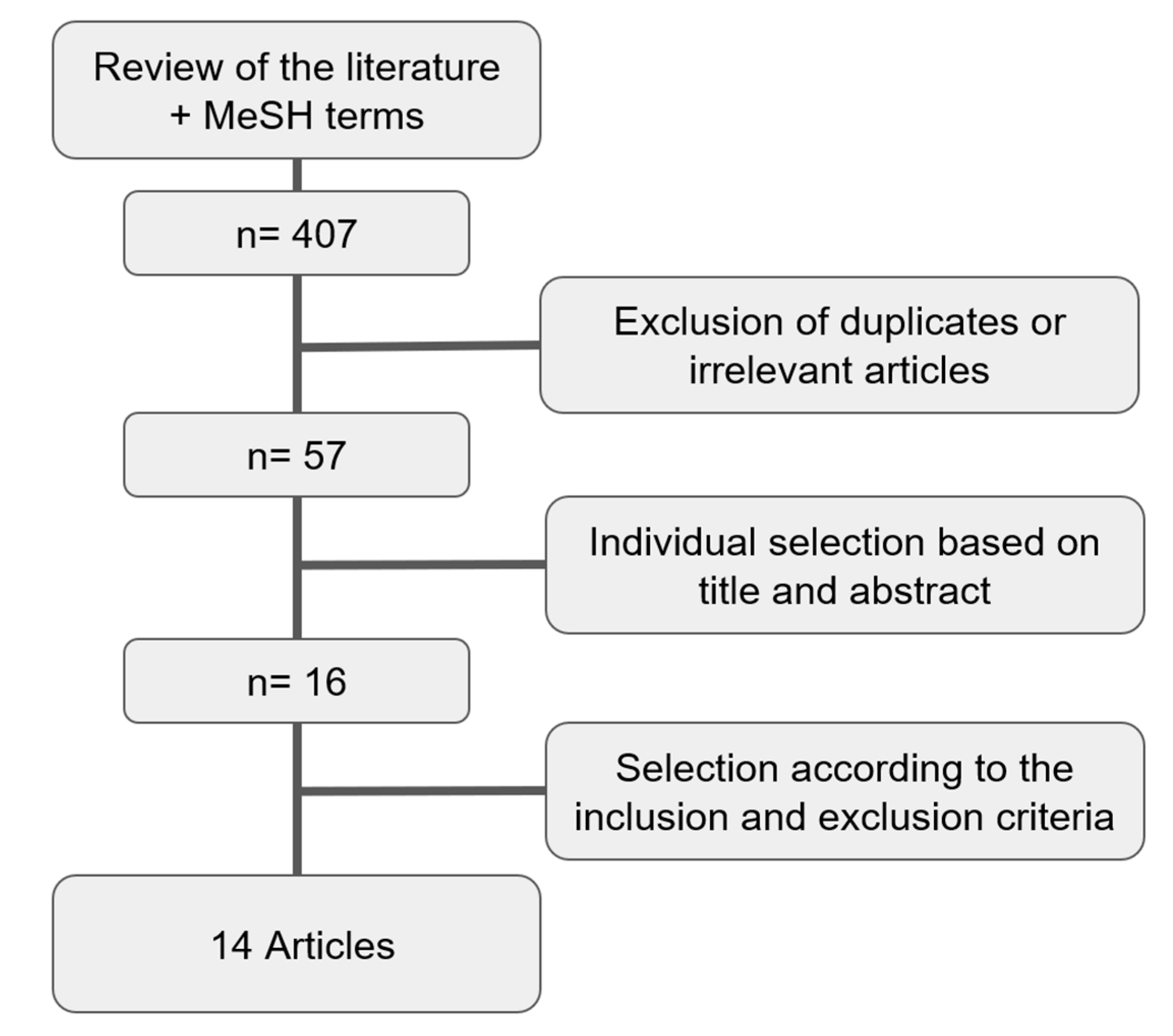
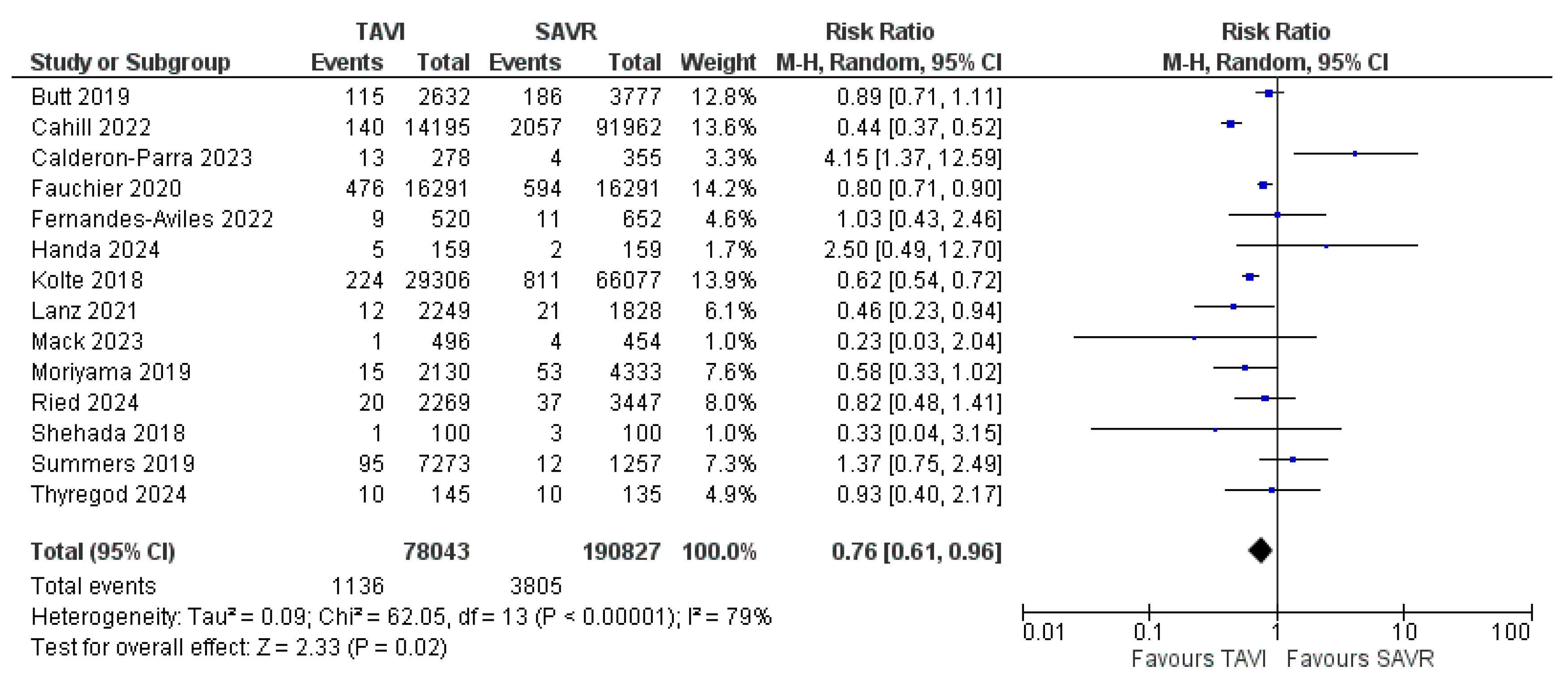
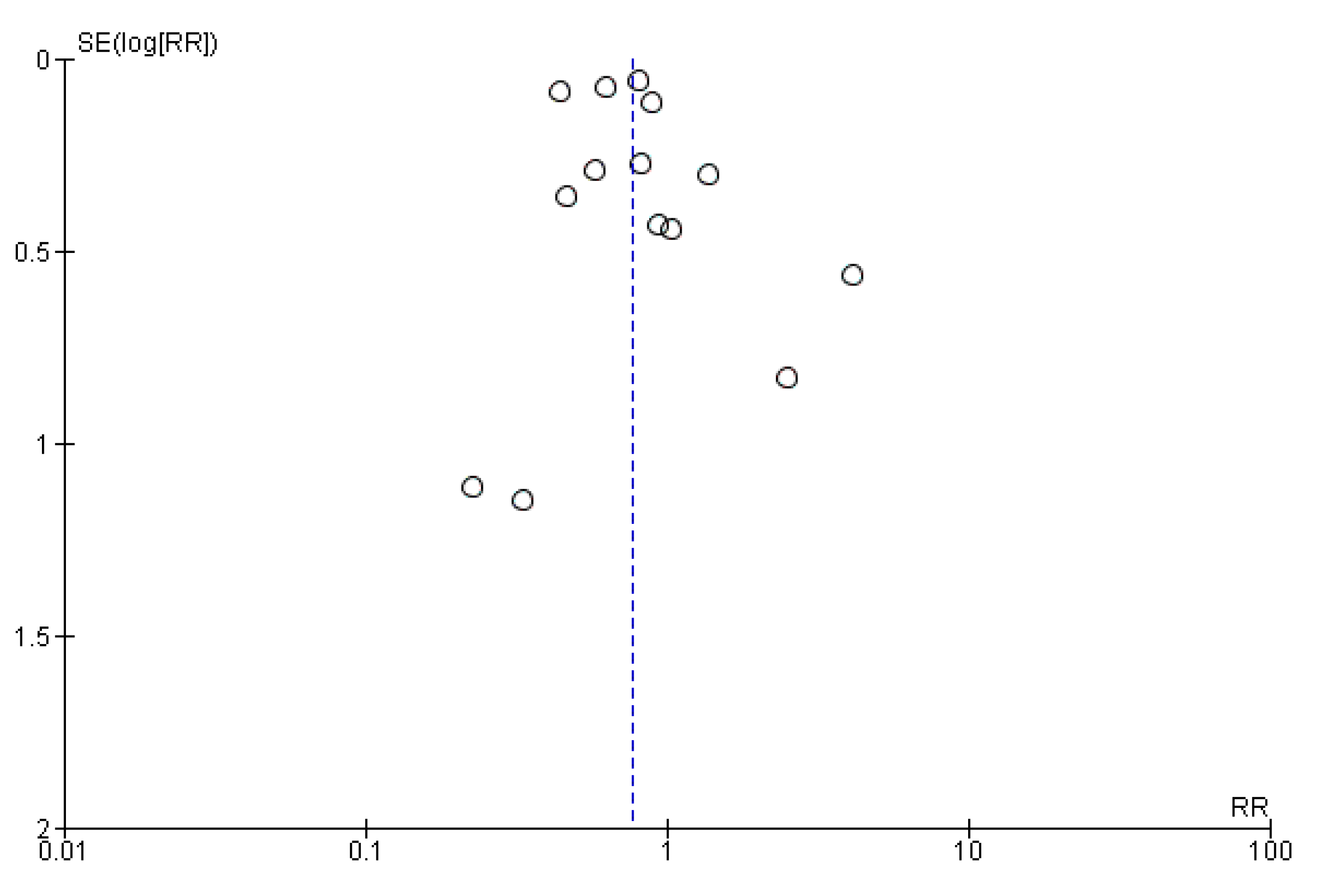
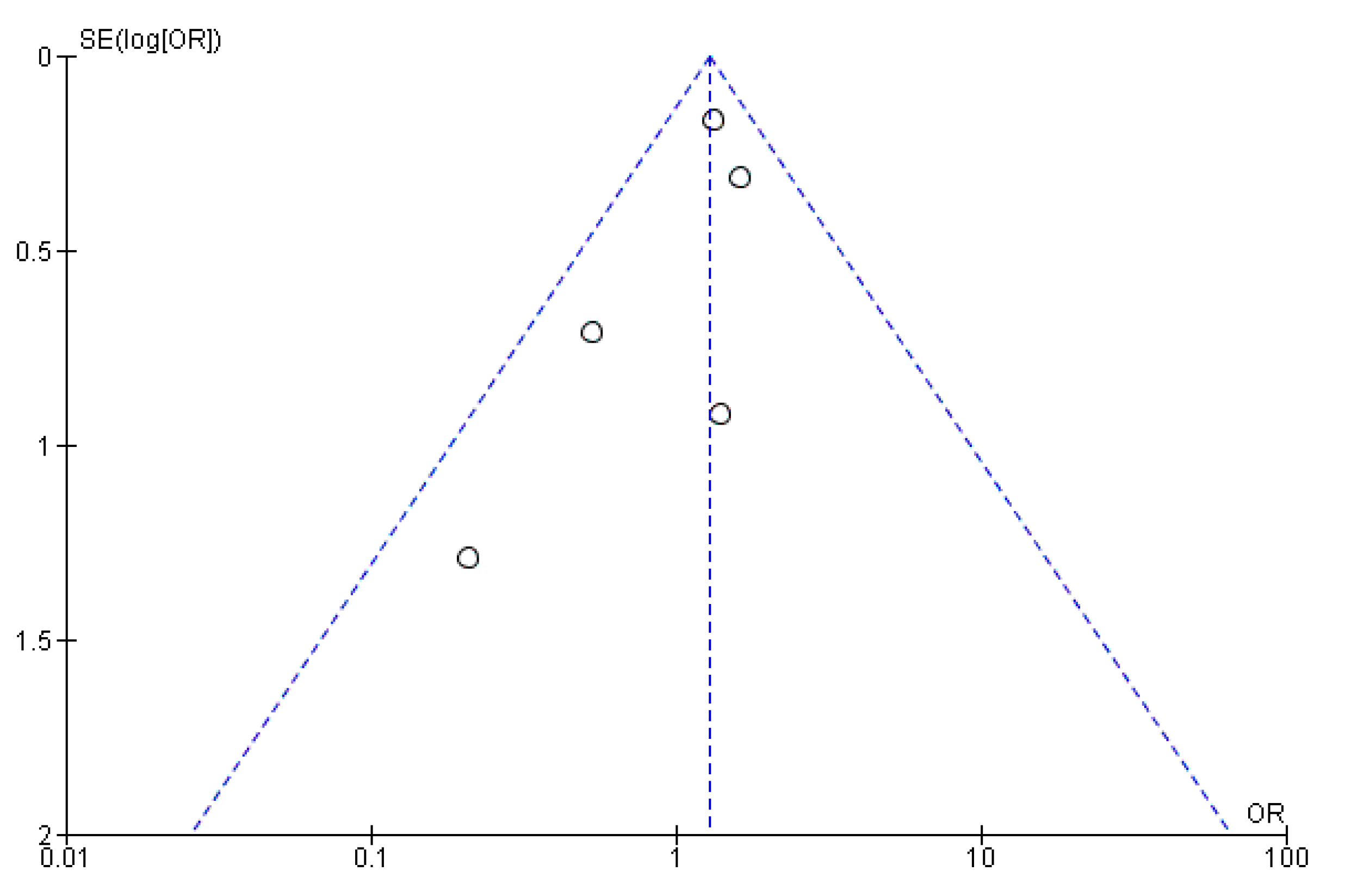
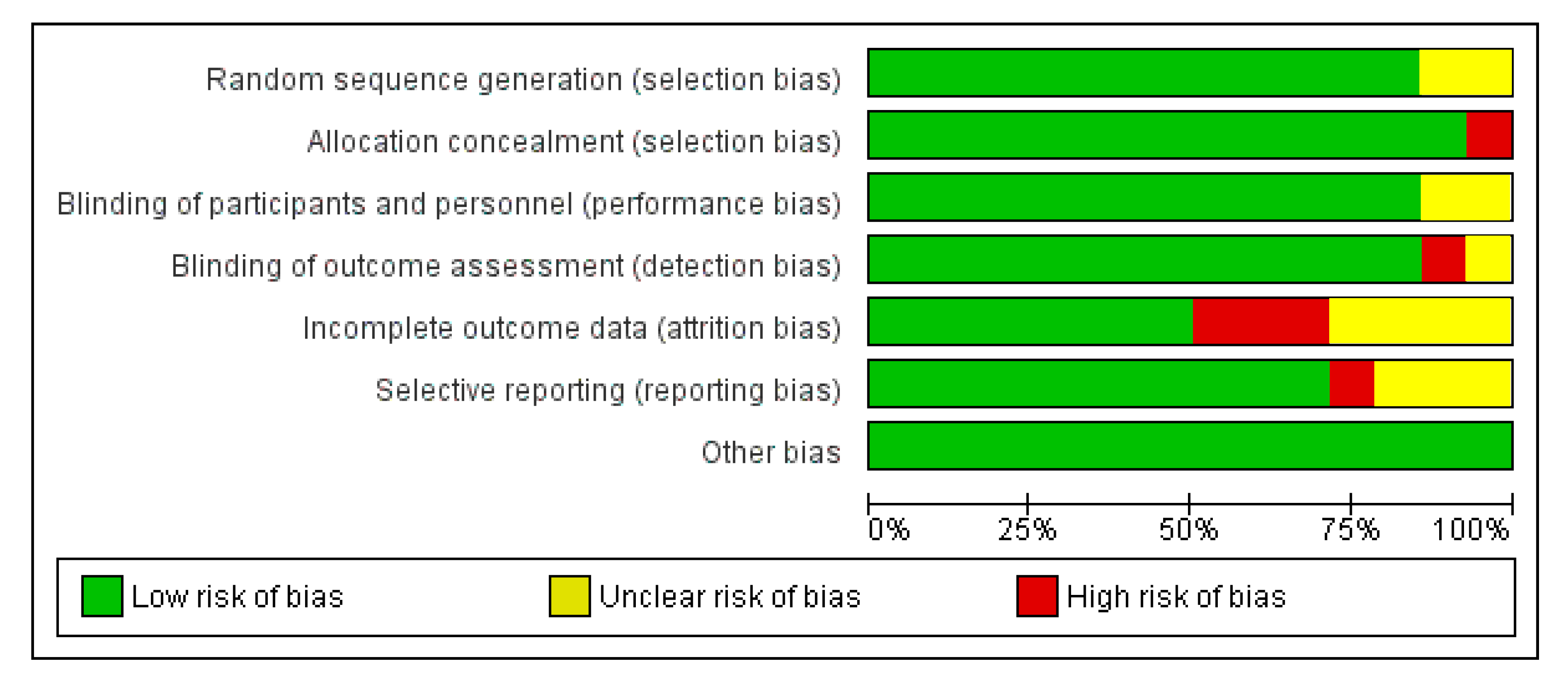
| N# | Author | Year | Journal | Article Type | PVE TAVI | Tot. TAVI | PVE SAVR | Tot. SAVR | 30-Day Mort. TAVI (%) | 30-Day Mort. SAVR (%) | Mort. TAVI (%) | Mort. SAVR (%) | FU (m) |
|---|---|---|---|---|---|---|---|---|---|---|---|---|---|
| 1 | Butt [14] | 2019 | JACC | ROB | 115 | 2632 | 186 | 3777 | 24 (20.9) | 26 (13.9) | N/A | N/A | 1 |
| 2 | Cahill [15] | 2022 | Heart | ROB | 140 | 14,195 | 2057 | 91,962 | N/A | N/A | N/A | N/A | N/A |
| 3 | Calderon-Parra [16] | 2023 | J. Clin. Med. | PSM | 13 | 278 | 4 | 355 | 5 (38.5) | 3 (75) | 7 (53.8) | 3 (75) | 12 |
| 4 | Fauchier [17] | 2020 | Clinical Microbiology and Infection | PSM | 476 | 16,291 | 594 | 16,291 | 89 (18.7) | 88 (14.8) | 156 (32.8) | 179 (30) | 12 |
| 5 | Fernandez-Aviles [18] | 2022 | Clinical Cardiology | ROB | 9 | 520 | 11 | 652 | 4 (44.4) | 4 (36.4) | 4 (44.4) | 4 (36.4) | 1 |
| 6 | Handa [19] | 2024 | Ann. Thorac. Cardiovasc. Surg. | PSM | 5 | 159 | 2 | 159 | 0 (0%) | 0 (0%) | N/A | N/A | 86 |
| 7 | Kolte [20] | 2018 | Am. J. Cardiol. | ROB | 224 | 29,306 | 811 | 66,077 | 35 (15.6) | N/A | 35 (15.6) | N/A | 10 |
| 8 | Lanz [21] | 2021 | JAHA | RCT | 12 | 2249 | 21 | 1828 | N/A | N/A | N/A | N/A | 12 |
| 9 | Mack [22] | 2023 | NEJM | RCT | 1 | 496 | 4 | 454 | N/A | N/A | N/A | N/A | 60 |
| 10 | Moriyama [23] | 2019 | EuroIntervention | ROB | 15 | 2130 | 53 | 4333 | 3 (20) | 17 (32) | 3 (20) | 17 (32) | 1 |
| 11 | Ried [24] | 2024 | Clin Res Cardiology | ROB | 20 | 2269 | 37 | 3447 | N/A | N/A | 6 (30) | 10 (27) | 12 |
| 12 | Shehada [25] | 2018 | Journal of Thoracic Disease | POB | 1 | 100 | 3 | 100 | N/A | N/A | N/A | N/A | 24 |
| 13 | Summers [26] | 2019 | Circulation | ROB | 95 | 7273 | 12 | 1257 | N/A | N/A | N/A | N/A | 60 |
| 14 | Thyregod [27] | 2024 | EHJ | RCT | 10 | 145 | 10 | 135 | N/A | N/A | N/A | N/A | 120 |
Disclaimer/Publisher’s Note: The statements, opinions and data contained in all publications are solely those of the individual author(s) and contributor(s) and not of MDPI and/or the editor(s). MDPI and/or the editor(s) disclaim responsibility for any injury to people or property resulting from any ideas, methods, instructions or products referred to in the content. |
© 2025 by the authors. Licensee MDPI, Basel, Switzerland. This article is an open access article distributed under the terms and conditions of the Creative Commons Attribution (CC BY) license (https://creativecommons.org/licenses/by/4.0/).
Share and Cite
Gastino, E.; Scarpanti, M.; Parolari, A.; Barili, F. Incidence and Early Mortality of Prosthetic Valve Endocarditis in Patients Undergoing TAVI Compared to SAVR: A Systematic Review and Meta-Analysis. J. Clin. Med. 2025, 14, 3866. https://doi.org/10.3390/jcm14113866
Gastino E, Scarpanti M, Parolari A, Barili F. Incidence and Early Mortality of Prosthetic Valve Endocarditis in Patients Undergoing TAVI Compared to SAVR: A Systematic Review and Meta-Analysis. Journal of Clinical Medicine. 2025; 14(11):3866. https://doi.org/10.3390/jcm14113866
Chicago/Turabian StyleGastino, Elisa, Matteo Scarpanti, Alessandro Parolari, and Fabio Barili. 2025. "Incidence and Early Mortality of Prosthetic Valve Endocarditis in Patients Undergoing TAVI Compared to SAVR: A Systematic Review and Meta-Analysis" Journal of Clinical Medicine 14, no. 11: 3866. https://doi.org/10.3390/jcm14113866
APA StyleGastino, E., Scarpanti, M., Parolari, A., & Barili, F. (2025). Incidence and Early Mortality of Prosthetic Valve Endocarditis in Patients Undergoing TAVI Compared to SAVR: A Systematic Review and Meta-Analysis. Journal of Clinical Medicine, 14(11), 3866. https://doi.org/10.3390/jcm14113866







